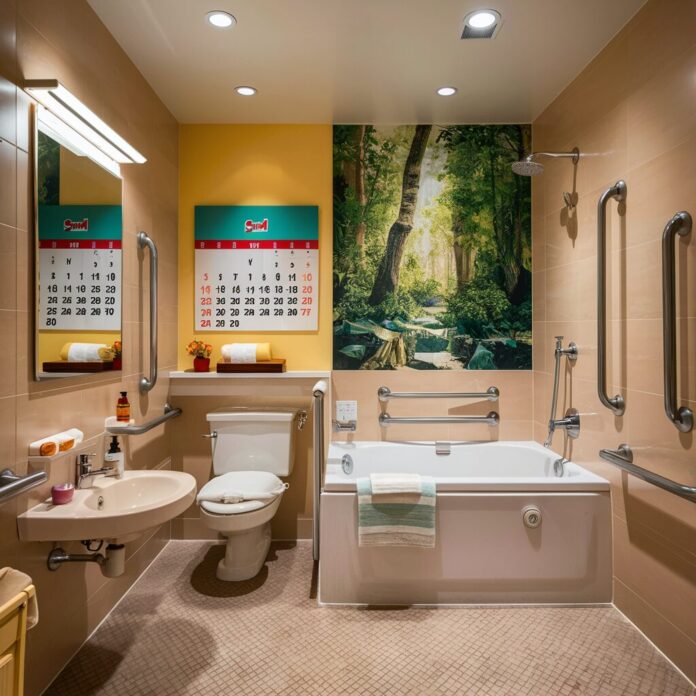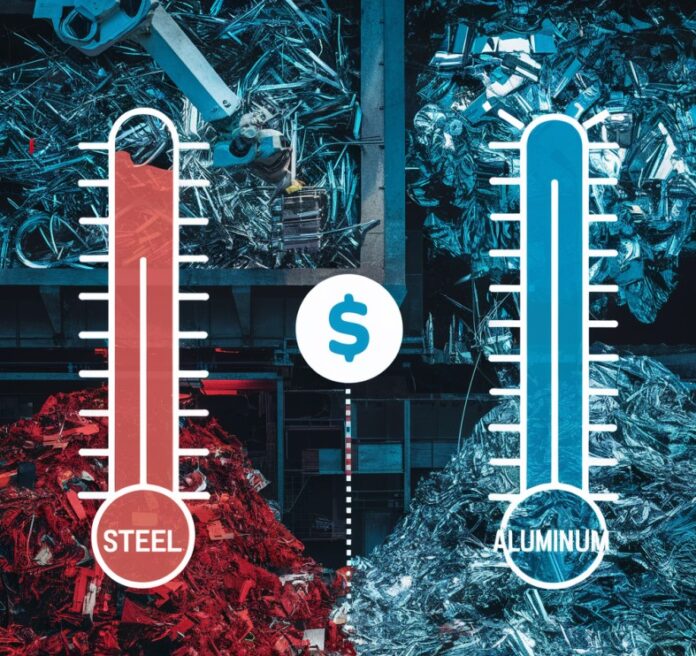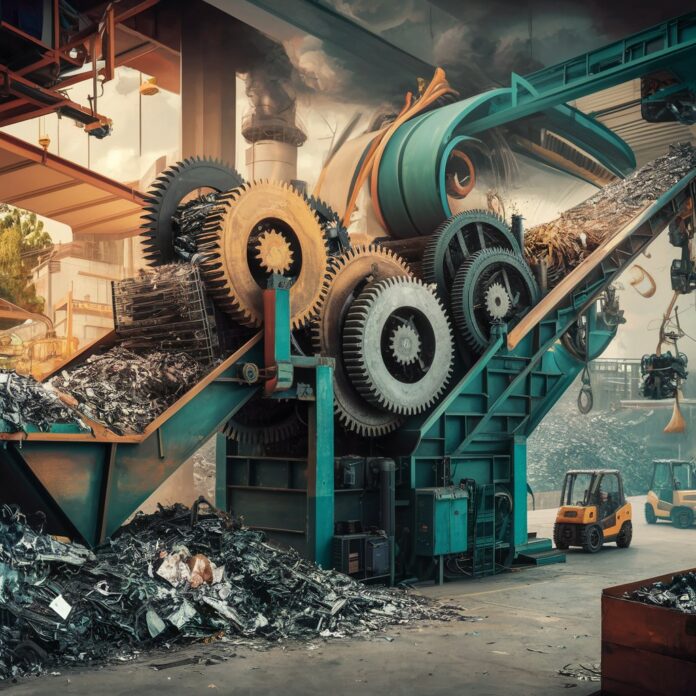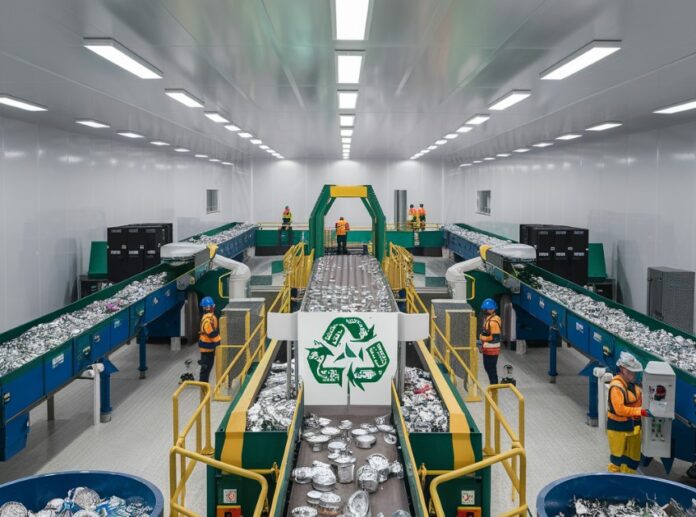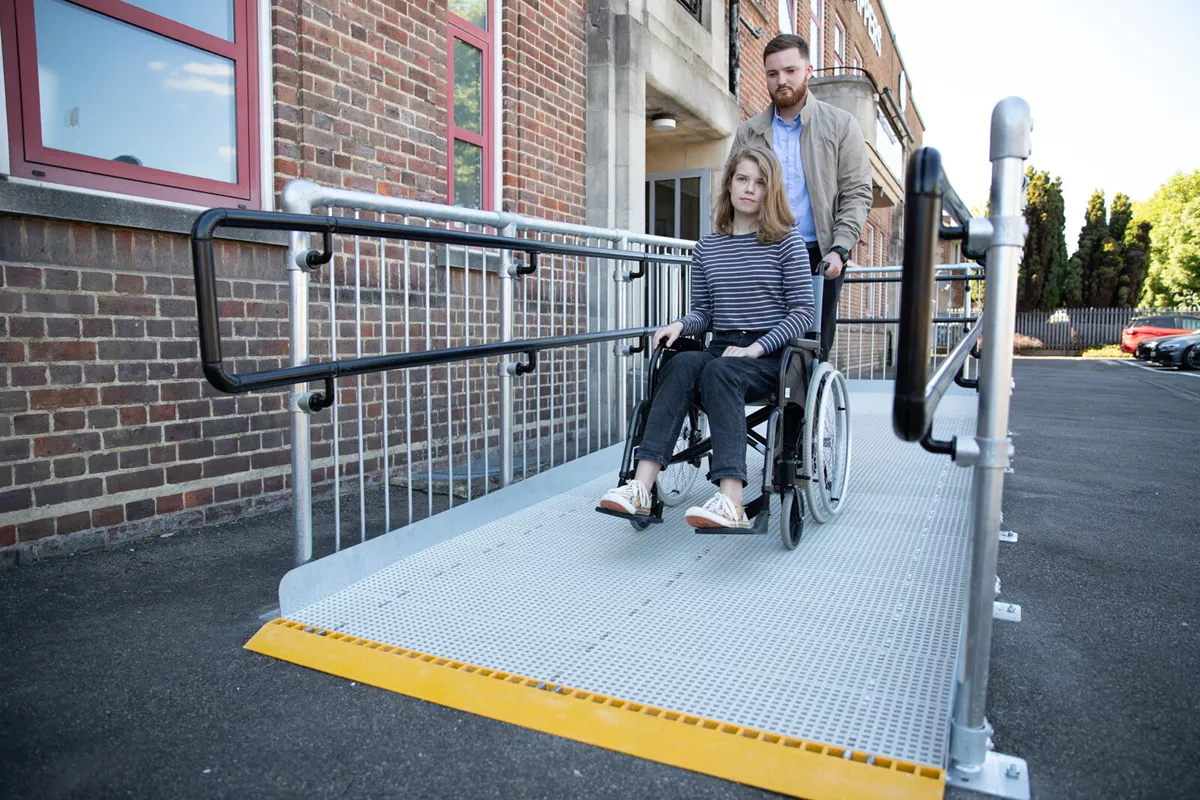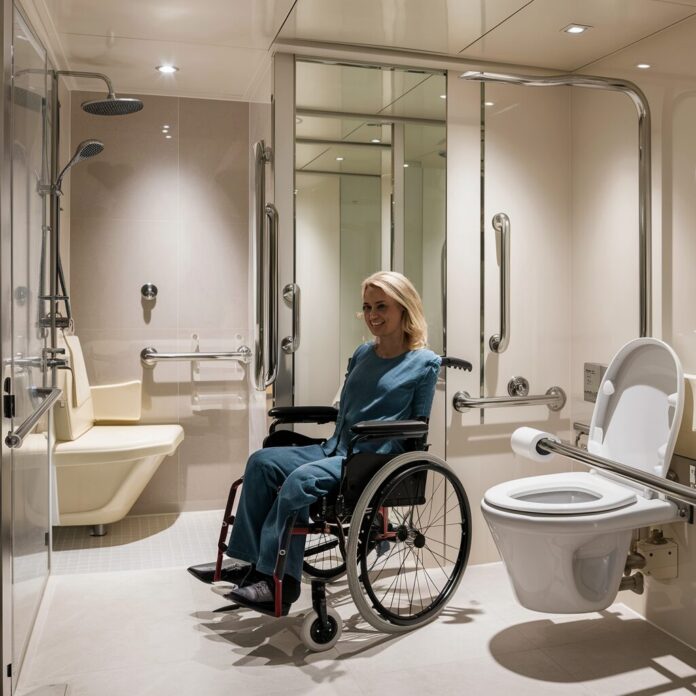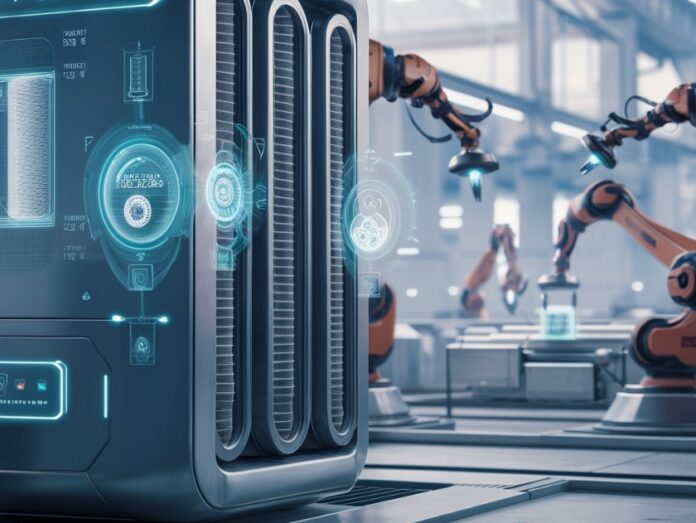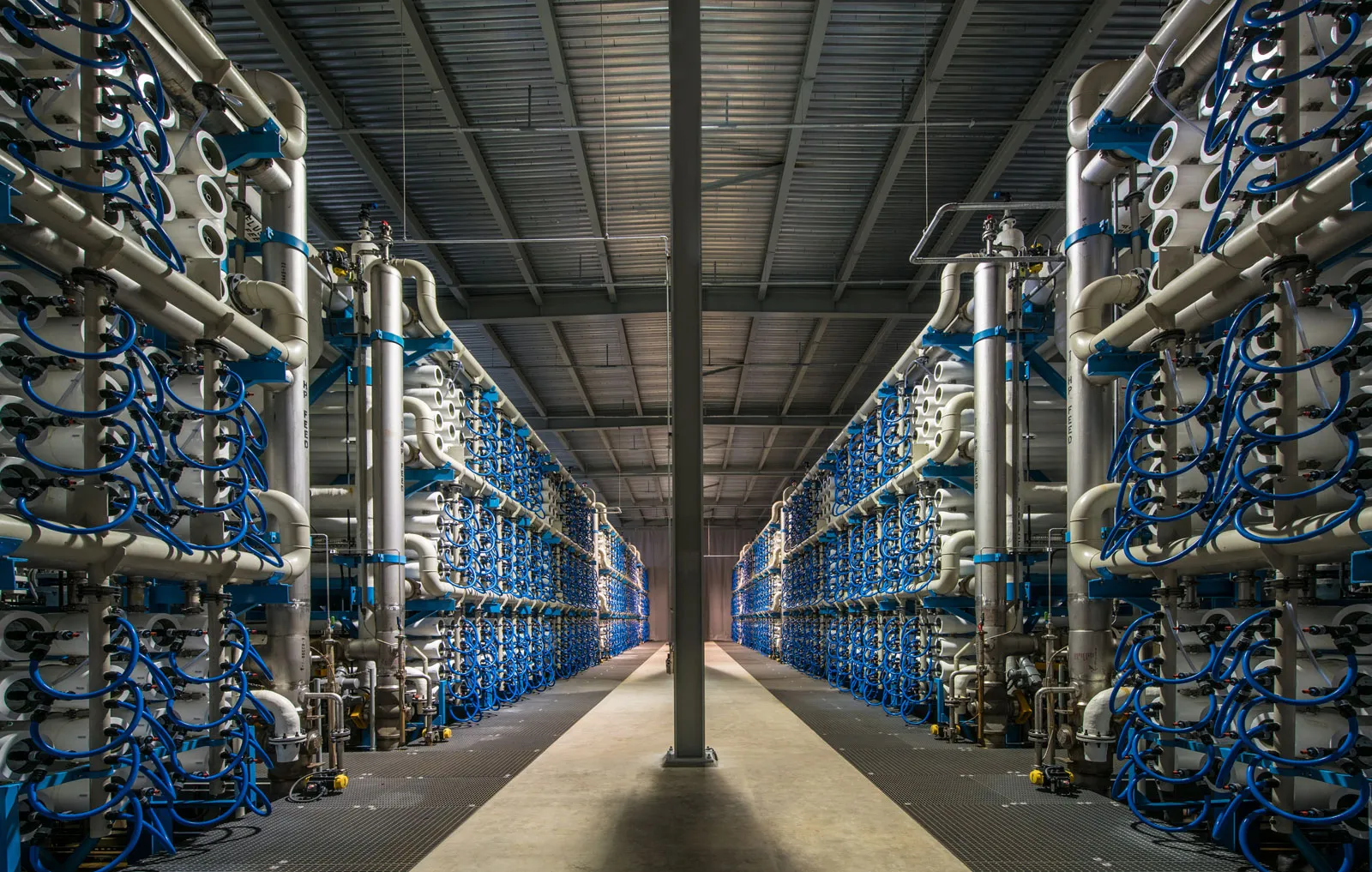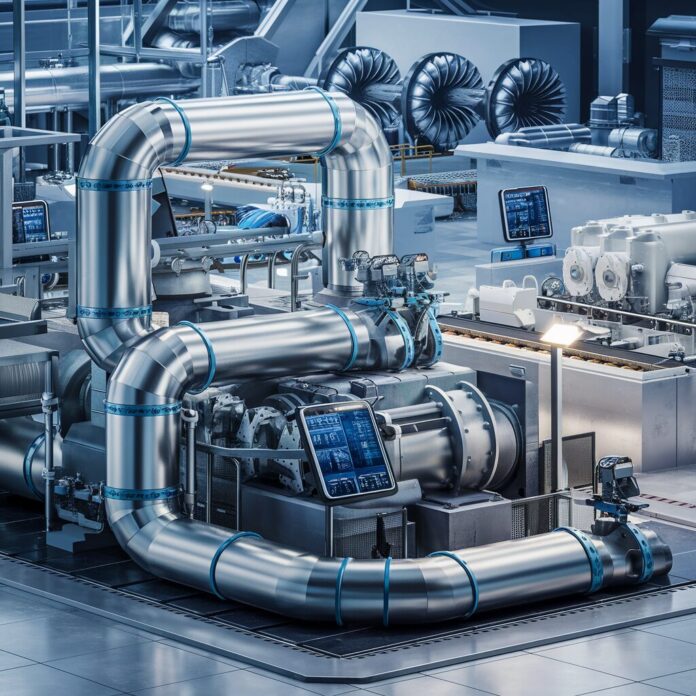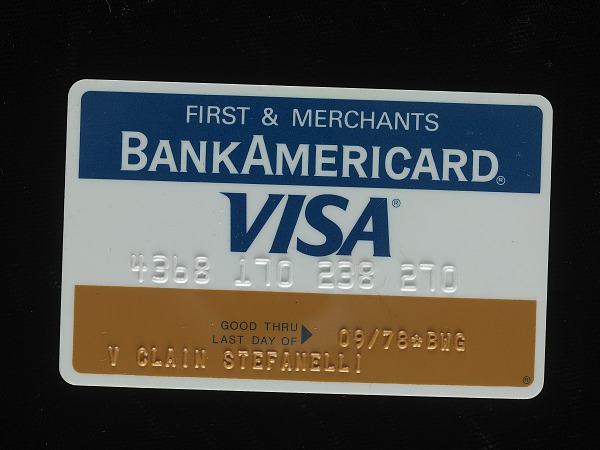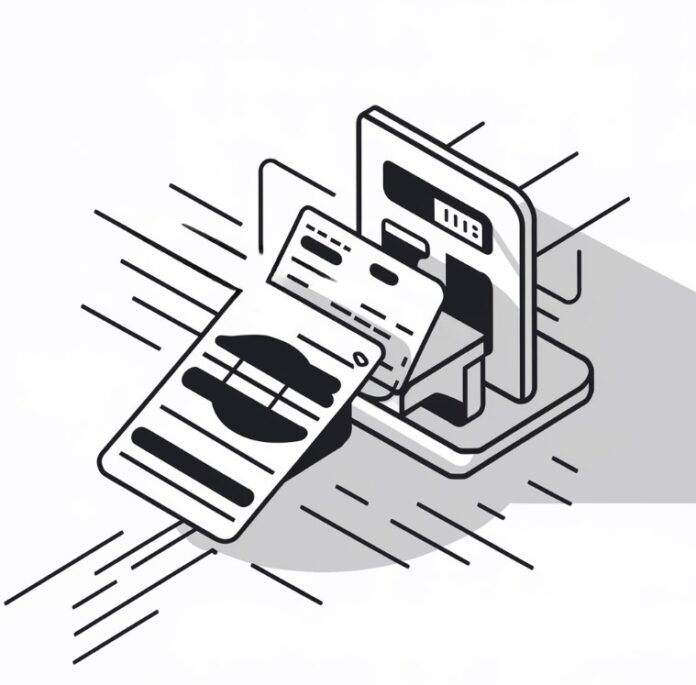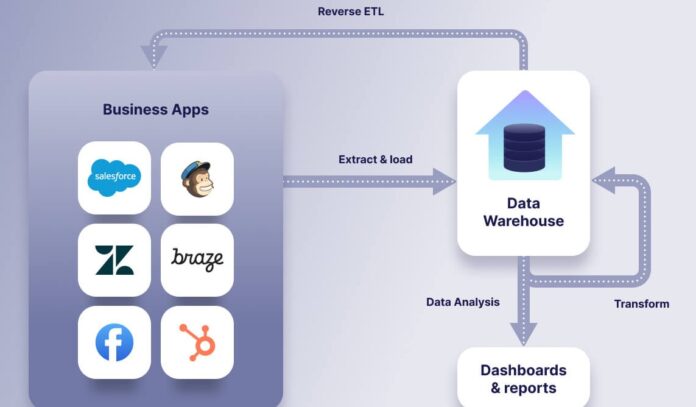Choosing the perfect venue for your child’s birthday party can turn an ordinary celebration into an unforgettable event. Whether you are hosting your child’s first birthday or their tenth, the location sets the tone for the whole day. This guide will walk you through every consideration to ensure you pick the best venue that makes your child’s birthday magical and stress-free for you.
If you’re considering kid friendly birthday party venues, the following tips will definitely help you.
First of All – Understand Your Needs
Know Your Guest List
Start by determining how many guests you will invite. This number will directly influence the size of the venue you need. A larger group requires a spacious venue, while a smaller, intimate gathering might be perfect at home or in a cozy community space. Consider the age range of the guests as well, since this may affect the suitability of certain venues or activities. Be sure to account for parents or guardians who might stay during the party, as this could also impact your space requirements.
Consider Your Child’s Interests
Think about what your child loves. Is it dinosaurs, princesses, sports, or maybe a magical wizard theme? Selecting a venue that aligns with their interests can make the day more special and engaging for them. This personalization can make your child feel truly celebrated on their big day. Additionally, themed venues often offer specialized activities that can keep guests engaged and entertained throughout the event.
Assess the Amenities
Does the venue provide decoration, catering, or entertainment? Venues that offer these services can reduce your planning stress. However, if you prefer a DIY approach, look for a venue that allows you to bring your own decorations and food. It’s also helpful to check if the venue has staff available to help with the setup and cleanup, which can be a major convenience. Make sure to clarify whether the venue has restrictions on outside vendors or certain types of decorations.
Types of Venues
Indoor Play Centers
These are fantastic for all weather conditions and usually come with play equipment that keeps children entertained. They often offer packages that include food, decorations, and even a host. Many also provide safety features like soft play areas and child-proofed corners to ensure everyone stays safe while having fun. These centers can be particularly appealing for younger children who need constant entertainment.
Outdoor Parks and Zoos
Outdoor venues are ideal for sunny days and provide a natural setting that can be less expensive. Parks are great for space and freedom, while zoos can provide an educational twist to the celebration. When booking outdoor spaces, always have a backup plan in case of bad weather. Additionally, consider the needs for portable restrooms, seating, and shade to keep guests comfortable.
Museums and Educational Centers
If your child enjoys learning, consider a local museum or educational center that offers children’s programs. These venues are not only fun but also enriching. They often feature interactive exhibits tailored to children, making the learning process exciting and dynamic. Hosting a party in such an intellectually stimulating environment can leave a lasting impression on young minds.
Home Parties
Hosting at home can be comfortable and budget-friendly. This option allows you to tailor every aspect of the party to your preferences. Home parties also offer a level of privacy and flexibility that can be comforting to the host and guests alike. You can also extend the party duration without worrying about hourly rental fees or time constraints.
Things to Consider
Budget
Your budget is crucial in deciding a venue. Always ask about what the venue fee includes. Look for hidden costs like cake cutting fees or parking. Understanding the full cost upfront can help you manage your budget better and avoid any surprises. Don’t hesitate to negotiate or ask for discounts, especially if you’re booking during off-peak times.
Location
Choose a venue that is conveniently located and easily accessible for your guests. Consider traffic, transportation options, and parking availability. It’s also important to think about the proximity to emergency services or medical facilities, especially when hosting large groups of children. A central location ensures that more guests are able to attend and enjoy the party.
Entertainment Options
Some venues offer in-house entertainment like magic shows, animal encounters, or craft workshops. Decide if you need these extras or if you’ll arrange your own entertainment. This can include hiring professional entertainers such as clowns, magicians, or face painters. Additionally, ensure that the entertainers are experienced with children and have positive reviews.
Make It Special
Personal Touches
Adding personal touches like a custom cake, unique decorations, or a themed costume for the birthday child can make the day even more memorable. These elements reflect the child’s personality and interests, making the party truly bespoke. Additionally, consider integrating interactive elements like a craft station or a storytelling corner that reflect the theme.
Consider Party Favors
Think about giving party favors that fit the theme of the party. These small gifts can be a fun reminder of the day for your young guests. Choose favors that are not only enjoyable but also safe and age-appropriate. It’s also thoughtful to include items that are usable and meaningful rather than just decorative.
Capture the Moments
Consider hiring a photographer or setting up a photo booth. Photos are a great way to remember this special day. Photo booths can also provide a fun activity for guests, with props and backdrops that match the party theme. Moreover, offering digital copies of photos as part of the thank-you notes can be a lovely touch for guests to cherish.
The Bottom Line
Choosing the right venue for your child’s birthday party might seem daunting, but with the right planning, it can be straightforward and fun. By considering your child’s interests, the guest list, and your budget, you can select a venue that fits your needs and makes your child’s birthday a joyful celebration. The goal is to create happy memories that you and your child will cherish for years to come. So start planning, get creative, and watch your child light up with joy on their special day!






